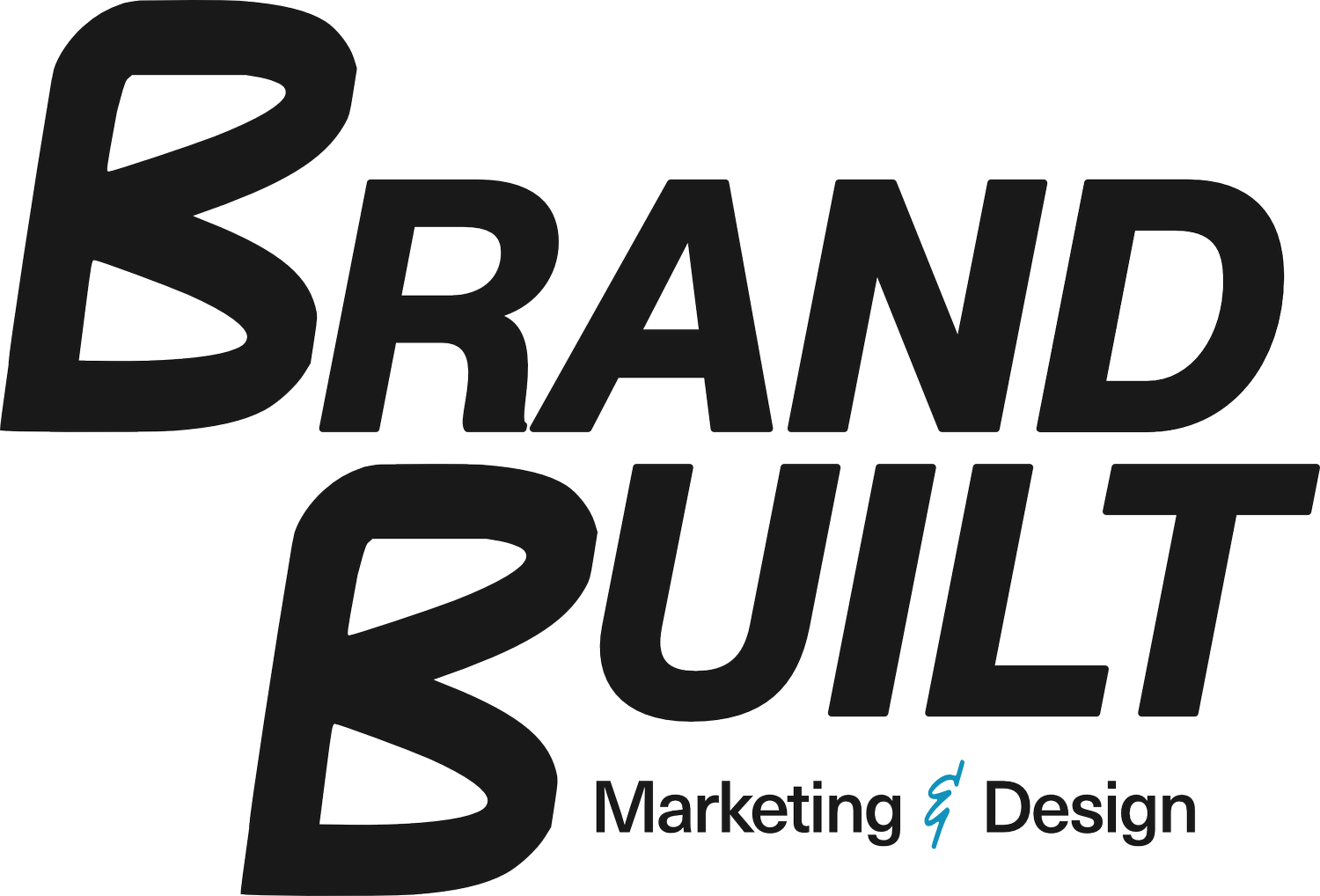Gregory’s Glossary of Fancy Marketing Terms
A
A/B Testing: Trying two ways and seeing which one works better.
Advertising: 1. When a business sells people’s attention to other businesses.
2. Paying to put a product in front of people in places they don’t want to see it. (It’s wise to not annoy people in this space.)
Analytics: Like Sherlock looking at all the evidence, analytics is looking at all customer data available, then looking for meaningful connections and patterns.
Audit: Finding opportunities in your market.
B
B2B Marketing: When people market to people, but claim it’s a business marketing to a business. (Businesses aren’t people.)
B2C Marketing: When people market to people, but claim that it’s a business marketing to demographics.
Brand: It's what people think of when they hear your name. Like your reputation at a party, it's built by everything you do, say, wear and how you behave.
Brand Building: Actively building your reputation so you stand out even in a crowded room. This is done by identifying your unique advantages, finding all the customer touchpoints, then designing those touchpoints to communicate your unique advantages clearly, attractively, and interesting ways.
Buyer Persona: When companies decide the type of person they want to sell to, then aim all their marketing at that person. (For internal use only.)
C
Call-to-Action: Like a signpost on a path, telling you what to do next and why you should do it.
Channels: Any way information gets to a person. Any conceivable way! Not just the channels made by other businesses like media companies.
Churn Rate: The amount of customers who no longer think you’re worth it.
Conversion Rate: The amount of people who buy compared to people browsing.
Customer Acquisition Cost: Like fishing, you may think the fish you caught from the river is free. CAC factors in things like the bait, the line, license, and the time and effort to reel them in. So, it’s what you spend to catch a customer.
Customer Relationship Management (CRM): Software that lets you keep track of your customer’s interactions with your brand.
D
Demographics: Lazily grouping people by surface level similarities and claiming they’re the same. For most products, this makes no sense. Yet for products exclusively for a demographic it makes sense. E.g. Open house tours in a retirement community.
E
Email: Mail that’s E.
Engagement Rate: How much people are willing to pay you with their attention.
Evergreen Content: Timeless content, or content that doesn’t get old. Wisdom is the most evergreen content possible. While news is the opposite of evergreen content.
F
Facebook: A consumer personality test sent to advertisers disguised as socializing.
Friction: Anything that makes it harder for people to buy from you. These small difficulties become associated with your brand and customers will assume the product will be just as difficult and annoying.
Funnel: The planned path your customers follow from discovering your business to buying. Imagine you’re throwing a party with the goal of getting people to dance. A lot of people are afraid to dance, so you’ll need to warm them up with a lively entrance with fun lighting. As they move into the next room, they’re handed a free drink and the host introduces them to some friendly people. Now, they move to the heart of the action where good music is playing, and with a drink in hand, your guest is asked to dance. They dance.
G
Google: The world’s filing cabinet.
I
Inbound Marketing: Helping people enough that they trust your recommendation of the product. (Don’t let them down.)
Infographic: Telling a story with data.
K
Keyword: The door that opens up when taken literally. It’s the word or phrase that is the key to your website.
L
Landing Page: Imagine someone carrying a problem they can't put down. Your landing page is the exact spot they’ve been looking for. It's crafted to give them the information they need so they know they’re in right place at the perfect time. That’s the feeling to create.
If only Batman found a landing page that said:
We’re the Perfect Place To Safely Get Rid of a Bomb
Lead: Someone who believes your promises and is interested in trading dollars for it.
Lead Generation: Any method that gets people to inquire about your product or service.
Lead Nurturing: Treating a person with care who is interested in trading dollars for your promises. Note: People who exchange their own dollars are often exchanging little chunks of their life’s time called “dollars.” This can be a worrying decision for them. Treat it with respect.
LinkedIn: A social media platform where everyone is “thrilled” for some reason, but has the spirit of a stiff office party. Occasionally some people can’t take it anymore and start dancing.
Logo and Colors: The brand’s exterior that suggests how to experience the brand. Similar to how people dress sets expectations of how the person might be. As Jim Rohn puts it, “People shouldn’t judge people on how they look…but they do.”
M
Marketing: “Getting people to notice, trust and buy from you.” - Seth Godin
Marketing Automation: Like having a robot helper who knows exactly when to send the right message to the right person.
Marketing Campaign: Like a Netflix series, it's like telling a captivating story in installments. A marketing campaign is a series of carefully planned messages and actions that work together to grab attention, keep people interested, and lead them towards a goal.
Market Orientation: The first step to marketing your business is always about understanding the market. It's like reading the lay of the land before we venture into it. This involves:
Ethnography: Walking a mile in your customer’s shoes. Spend time with them, observe their habits, and understand their problems.
Qualitative Research: Understanding the ‘why’ behind their choices. Typically involves interviews, focus groups, and open-ended surveys.
Quantitative Research: Time to validate our understanding of their ‘why’ with hard numbers with surveys, questionnaires, and data analytics.
Market Penetration: People already using a product compared to how many could use it. Example: You’re trying to sell golf hats at the local club. There’s only 10 golfers. 4 of those golfers wear hats. The other 6 have never bought a hat. So, the market penetration for golf hats is 40%.
Market Research: This is when a company gathers information about what people want and need, so they can better match their product or service to them.
Market Share: The percentage of buyers that buy from you. Consider the golf hat example. Market share is how many buyers buy from you. Only you and one other company sell golf hats. You sold 3 of the 4 hats sold. You have 75% of the market share.
P
Psychographic Marketing: Just a way of saying people are more complex than the groups you place them in, for example, age, ethnicity or favorite music.
S
SEO: Tactics to move your business up front in the big filing cabinet of the internet.
Socially-Conscious Marketing:
(Bad) When a brand can’t produce passion for their product, so they piggyback on the passion people have for politics or social issue, then profit off of that passion.
(Good) When a company’s purpose is built around a social mission and utilizes the game of capitalism to reach that mission. E.G. Tom’s shoes provided shoes to people who don’t have shoes when people who have shoes buy a pair.
Spam: Being an uninvited guest who walks in to the party shouting and annoying everyone.
T
Target Audience: The people a company is trying to sell their product or service to.




